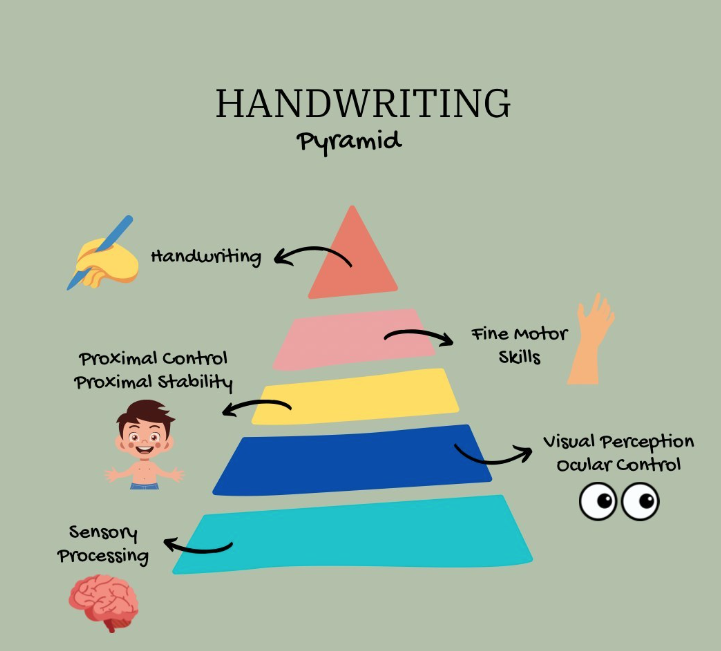
How Sensory Processing Shapes a Child’s Handwriting
Many parents worry when their child struggles with handwriting - letters look messy, words float off the line, or writing feels like a daily battle. But handwriting isn’t just about fine motor skills. It’s actually a complex sensory-motor process that depends on how well a child’s brain processes and organizes sensory input.
Handwriting problems are often sensory problems in disguise. Let’s unpack what that really means
